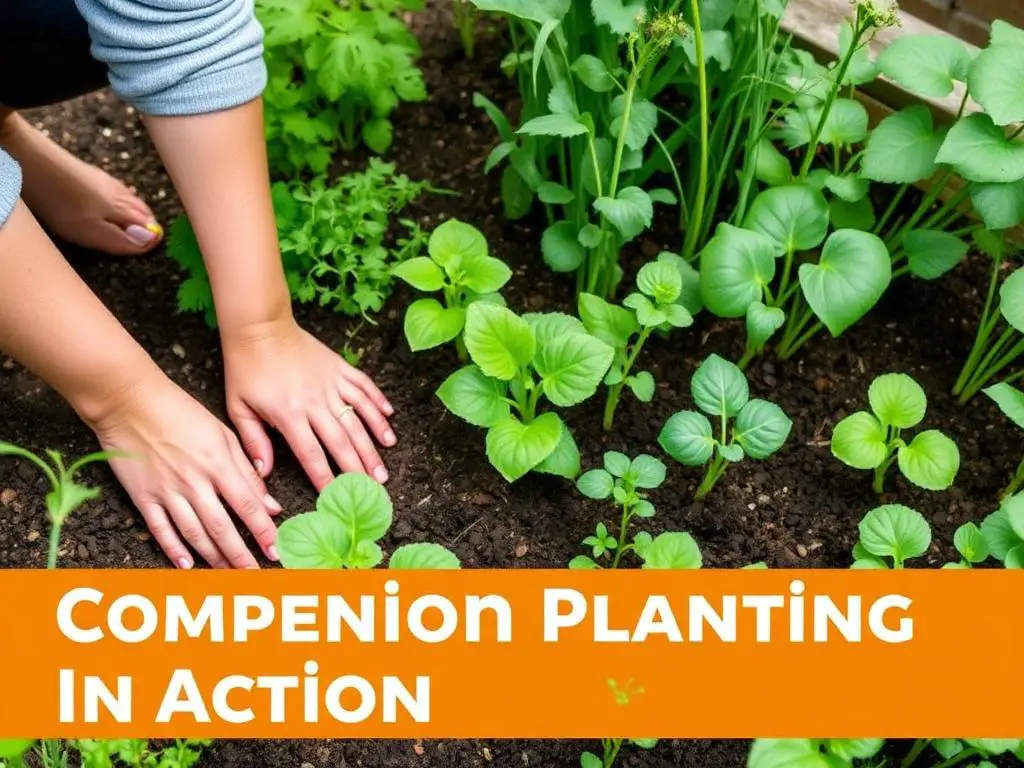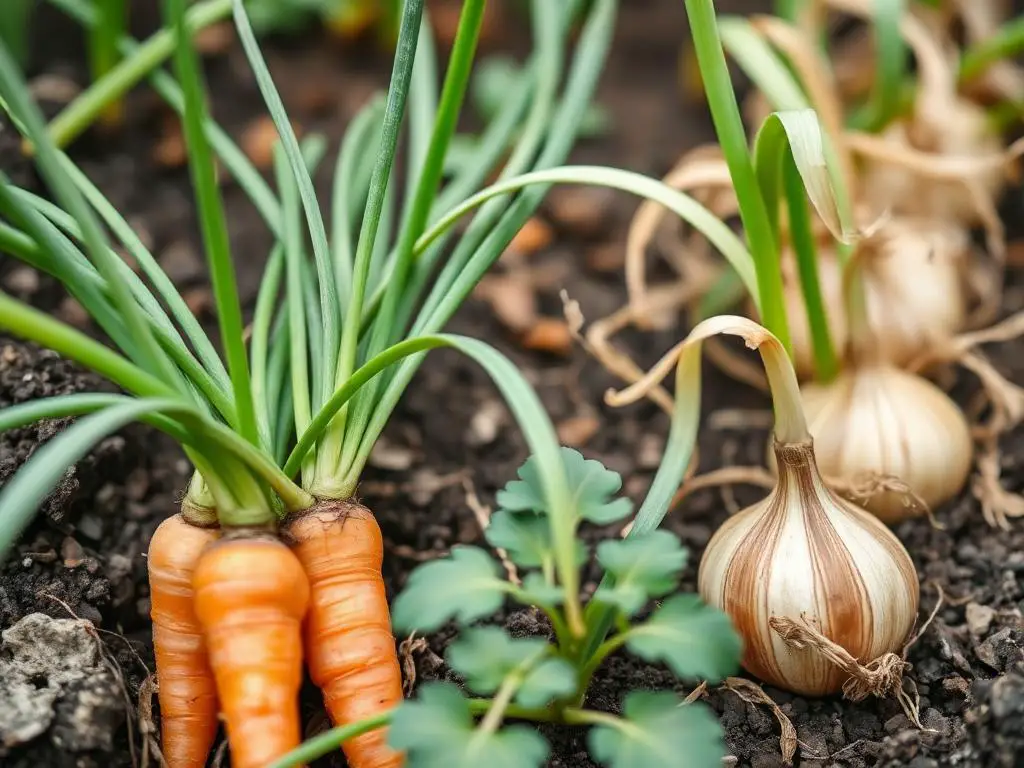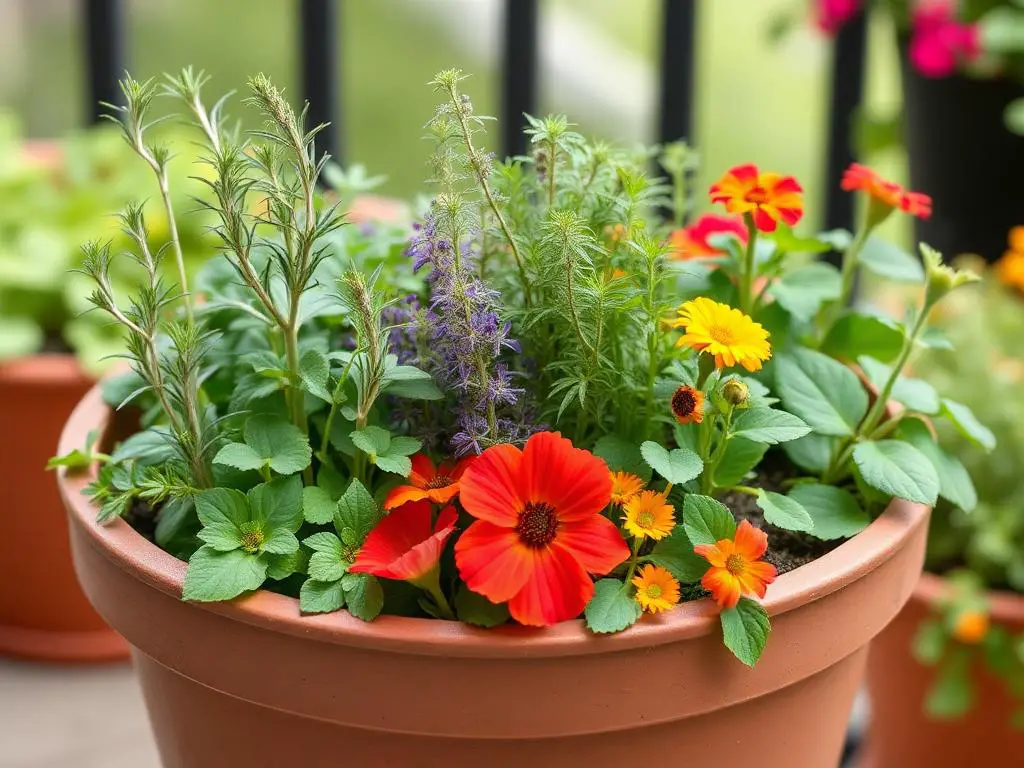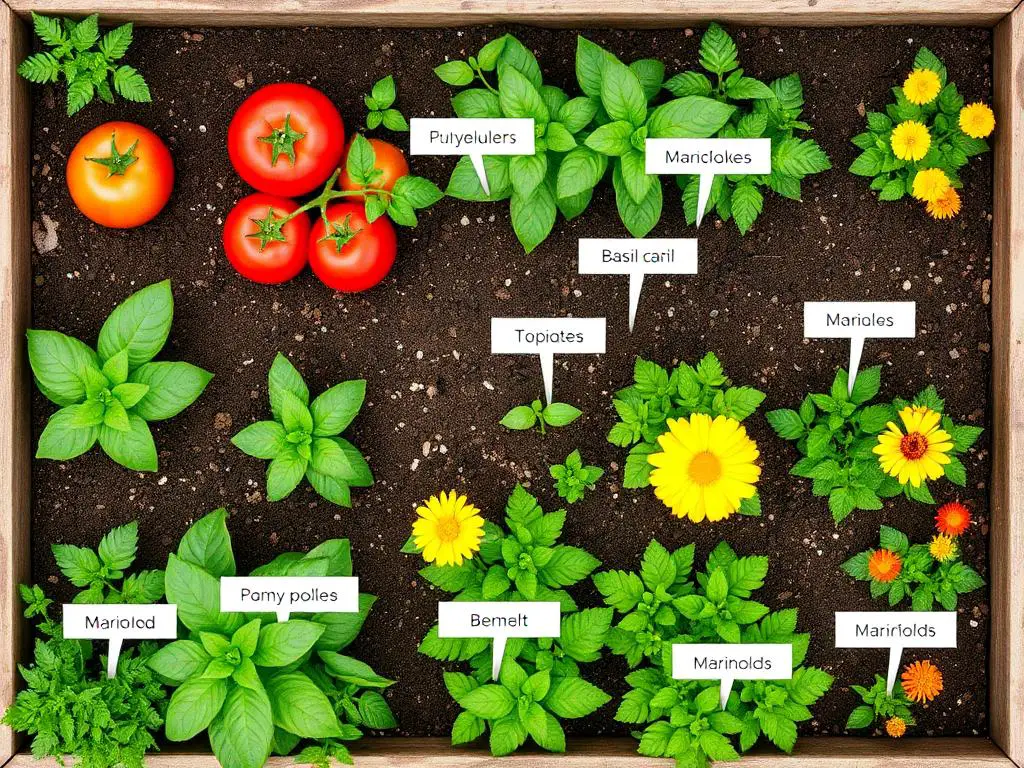If you’ve ever tried your hand at vegetable gardening, you know that growing your own produce can be incredibly rewarding. However, it can also be a bit tricky. From pests to unpredictable weather, there are many factors that can affect the health and yield of your plants. But fear not! There’s one simple gardening hack that can help you achieve perfect vegetables every time: companion planting.

What is Companion Planting?
Companion planting is the practice of growing different plants in close proximity for mutual benefit. This technique has been used for centuries by gardeners and farmers alike, and it’s based on the idea that certain plants can enhance each other’s growth, deter pests, and improve overall garden health. By strategically pairing plants, you can create a thriving ecosystem in your garden that leads to bountiful harvests.

The Benefits of Companion Planting
-
Pest Control: Certain plants can naturally repel pests that might otherwise damage your vegetables. For example, marigolds are known to deter aphids and nematodes, making them a great companion for tomatoes and peppers.
-
Improved Growth: Some plants can enhance the growth of their neighbors. For instance, planting basil alongside tomatoes can improve the flavor of the tomatoes and promote healthier growth.
-
Soil Health: Companion plants can also improve soil health. Legumes, such as beans and peas, have the ability to fix nitrogen in the soil, benefiting nearby plants that require nutrient-rich soil.
-
Maximized Space: By utilizing companion planting, you can make the most of your garden space. Taller plants can provide shade for shorter ones, while sprawling plants can cover the ground and suppress weeds.

The Ultimate Companion Planting Combinations
To get you started, here are some classic companion planting combinations that can help you grow perfect vegetables:
-
Tomatoes and Basil: This classic duo not only enhances the flavor of tomatoes but also helps repel pests like whiteflies and aphids.
-
Carrots and Onions: The strong scent of onions can deter carrot flies, while the carrots can help break up the soil for the onions.
-
Cucumbers and Nasturtiums: Nasturtiums act as a trap crop, attracting aphids away from cucumbers while also providing beautiful blooms.
-
Peppers and Marigolds: Marigolds help deter nematodes and other pests, making them a great companion for peppers.
-
Beans and Corn: Beans can climb up the sturdy stalks of corn, while also fixing nitrogen in the soil, benefiting both plants.

Tips for Successful Companion Planting
-
Research Plant Needs: Before pairing plants, make sure to research their light, water, and nutrient requirements to ensure they are compatible.
-
Plan Your Garden Layout: Consider the height and spread of each plant when planning your garden layout. Taller plants should be placed on the north side to avoid shading shorter plants.
-
Rotate Crops: To maintain soil health and prevent pest buildup, practice crop rotation each season by changing the location of your plants.
-
Observe and Adjust: Keep an eye on your garden and make adjustments as needed. If certain combinations aren’t thriving, don’t hesitate to try new pairings.
Conclusion
Companion planting is the one gardening hack you need for perfect vegetables every time. By strategically pairing plants, you can create a thriving garden ecosystem that promotes healthy growth, deters pests, and maximizes your harvest. So, whether you’re a seasoned gardener or just starting out, give companion planting a try and watch your vegetable garden flourish like never before! Happy gardening! 🌱🥕🍅
